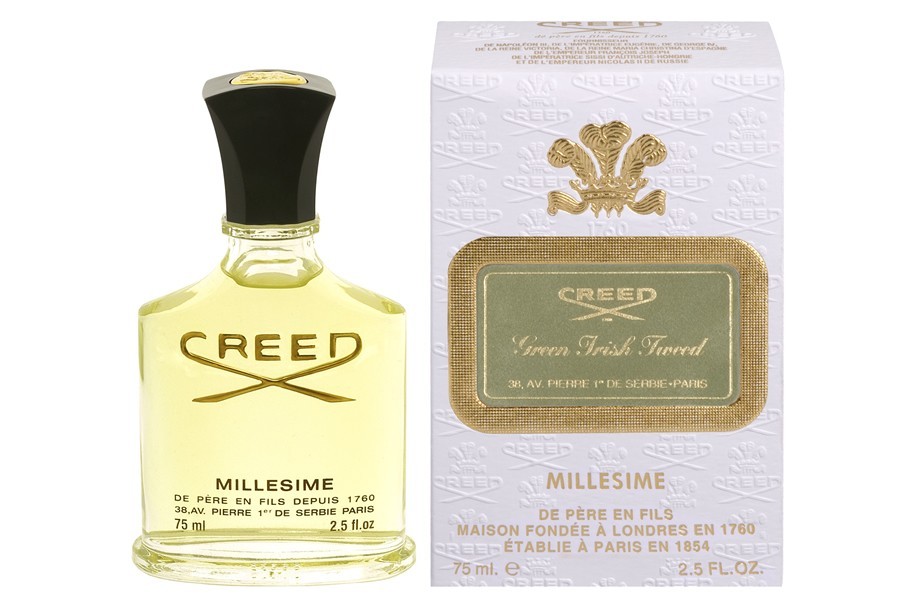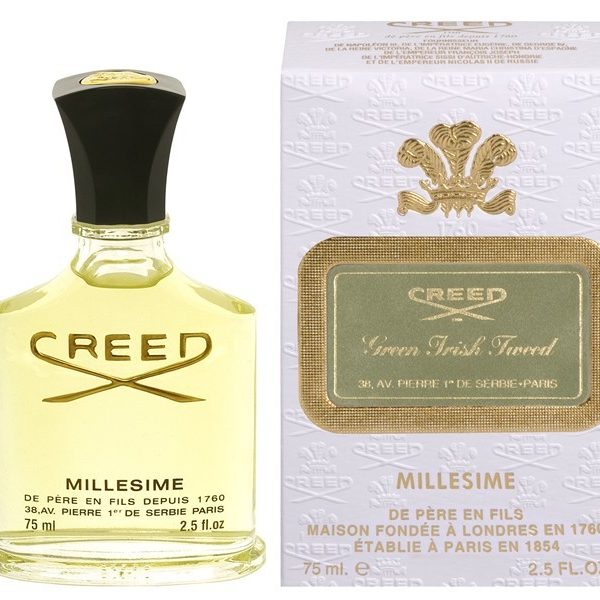
In some ways, choosing a fragrance is straightforward: you pick something you’d want to wear. At the same time, there’s more to it than just sniffing the bottle.
The first thing you need to know is that fragrances react to your body and evolve over time. So when you’re out shopping for a scent, only use the blotter strips to see what you’d like to sample, and then spray no more than one scent per wrist. That way, your nose won’t be confused. As you wear those scents throughout the day, pay attention to how they change. Scents are described in a musical metaphor as having three sets of notes, which make up a harmonious scent accord. These notes are released over time:
- Top notes: Also known as the head notes, these are what you smell upon immediate application. Top notes are very strong and assertive, and often a bit citrusy. I find them to be too strong when I’m in public, so I apply scents about five minutes before going outside. A scent’s top notes will have evaporated by then.
- Middle notes: Next are the middle notes, which typically last for about thirty minutes. Middle notes form the heart of a fragrance, and are usually much more well-rounded and mellow.
- Basenotes: A fragrance’s middle notes and basenotes form the real “theme” of a fragrance, which is why you need to give it time before you judge it. Basenotes start to come out after the first thirty minutes and will last until the scent disappears.
In addition to paying attention to how something evolves, think about what you’re smelling and whether those scents are suitable for your needs. Things that smell very citrusy, floral, green, or aquatic, for example, might only be good for daytime use, or for the spring and summer seasons. Conversely, things that smell more like wood, amber, vanilla, or leather might be better for nighttime use, or for the fall and winter seasons. Whether something is right for you is as much about when you plan to wear it as it is about your personality.
Once you’ve picked something, the rest is easy.
- Storing: Fragrances are sensitive to light and heat, so store things in cool and dry places, and away from direct sunlight. On top your dresser is fine; on the dashboard of your car is not.
- Application: Generally speaking, you want to spray fragrances about 3-6 inches away from your body, and directly on pulse points (so neck, inner elbow, or wrist). Remember, fragrances need to react to your body, so don’t apply scents to your clothes. I personally spray stuff on my wrist, and then lightly dab my wrists on my neck. (Rubbing is bad for the oils). Whatever you do, don’t spray fragrances into the air and walk through the mist. That does little more than freshen up the room.
- Amount: How much you apply is personal, and will depend on the strength of what you’re spraying. Some things require a bit more application; some things less. Obviously: when in doubt, always err on the side of caution. If you want something to last long, just get a longer lasting scent, rather than go wild with a weak one.
Finally, if you want to try out a new scent, or just develop your nose, buy samplers before you buy bottles. Doing so can be a nice way to check things out without dropping too much money. The Perfumed Court is a popular online source, and you can do a Google search for “fragrance decants.“ You can also find good reviews at Basenotes, where there’s a large online community of enthusiasts.
(Pictured above: One of my favorites, Creed’s Green Irish Tweed)








